Back to Courses

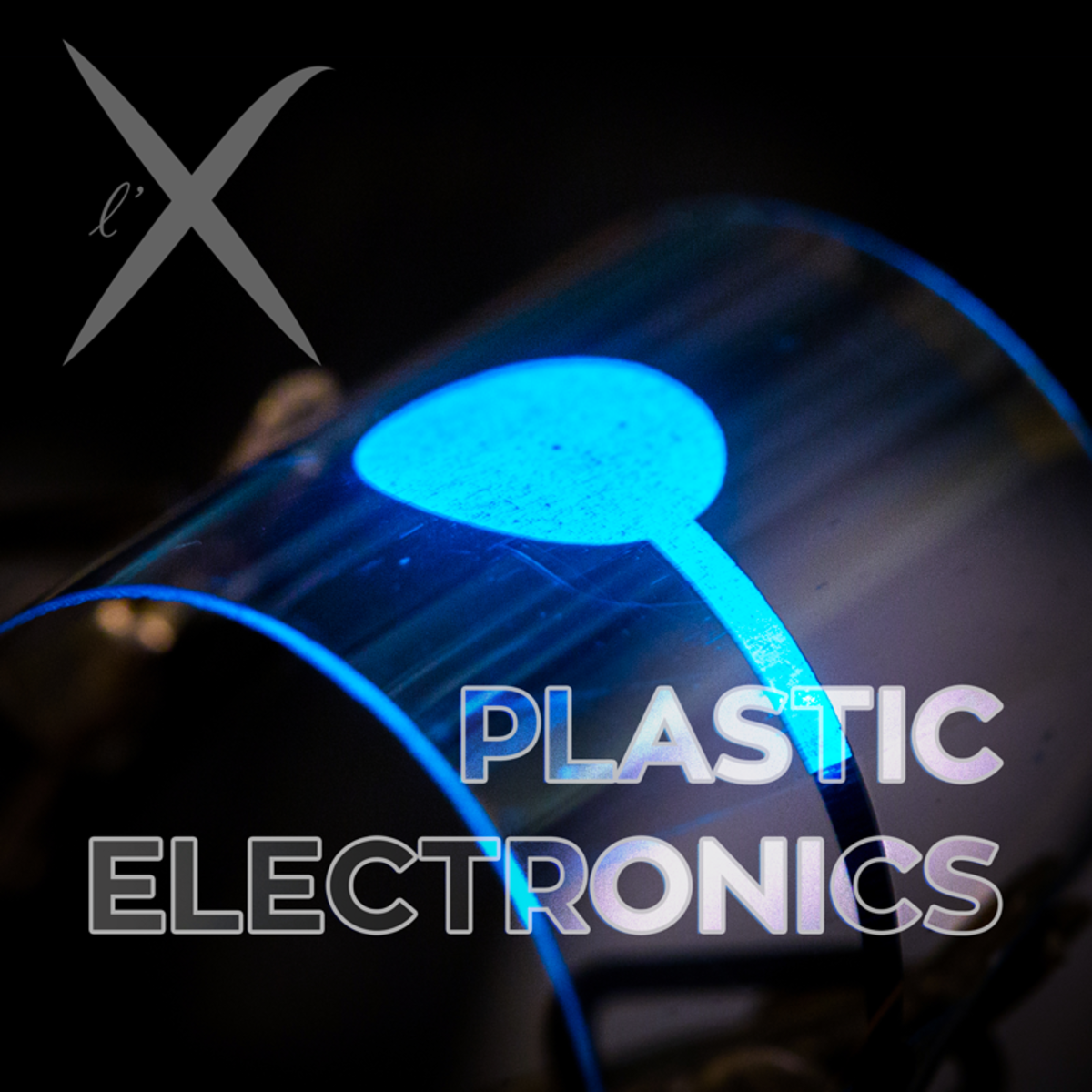
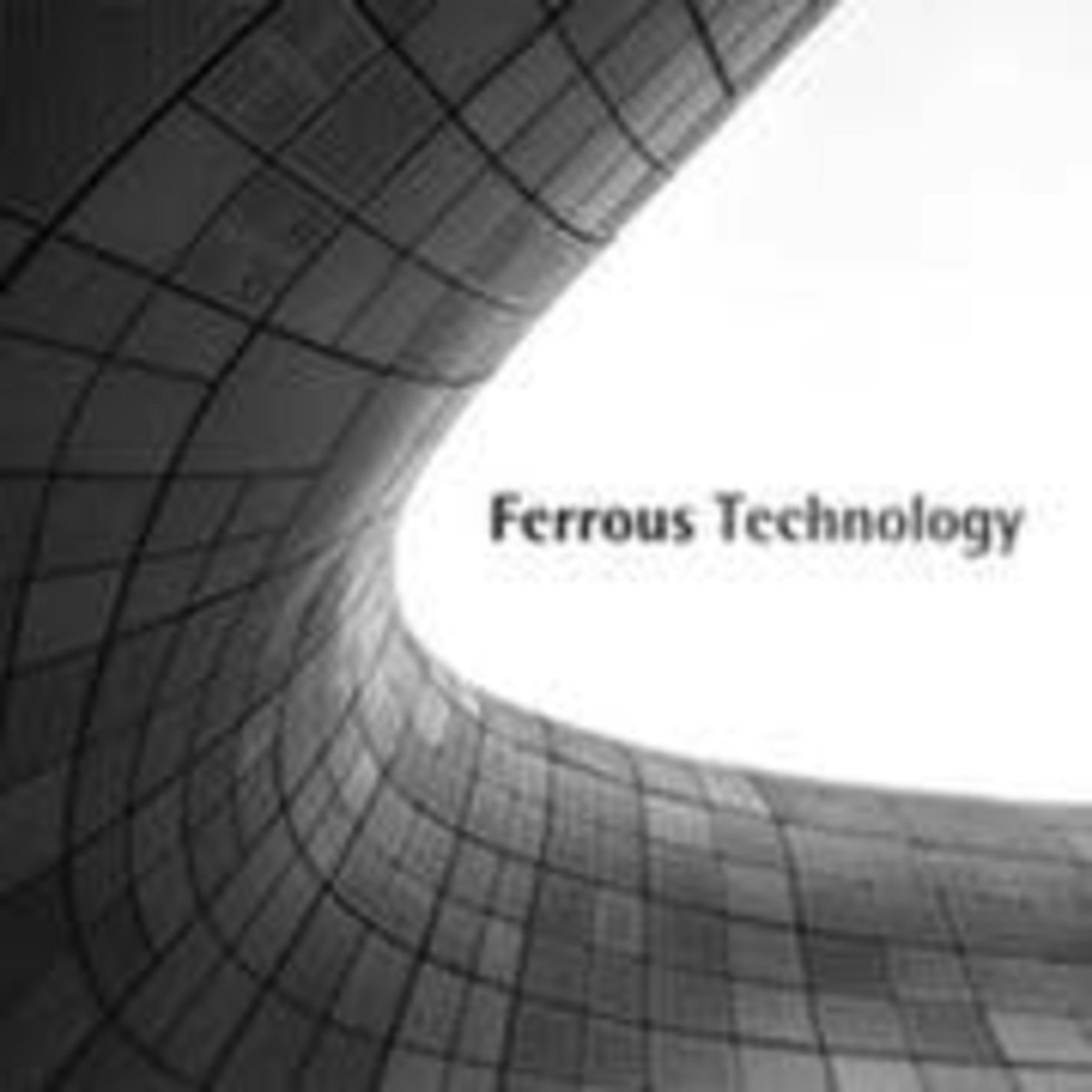
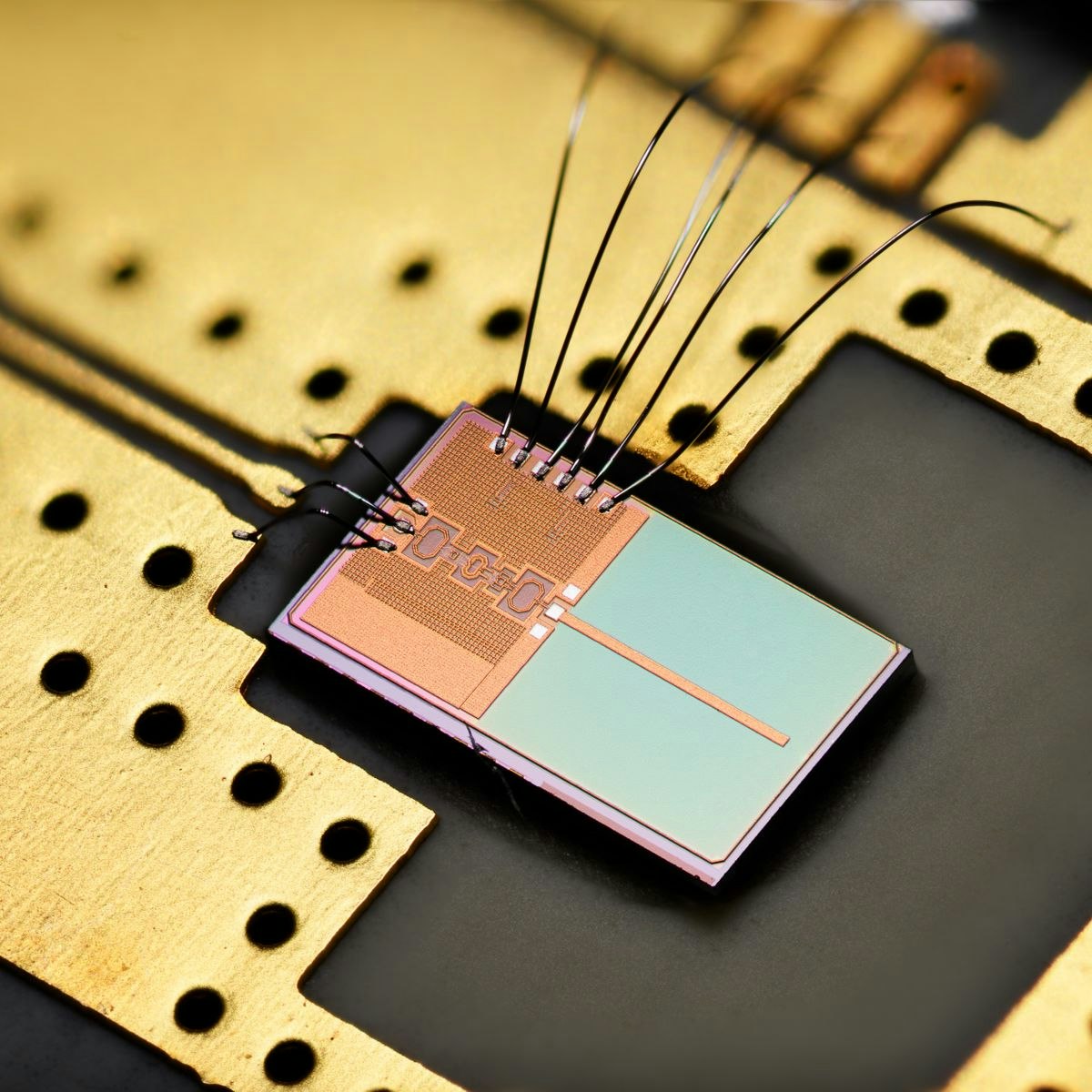

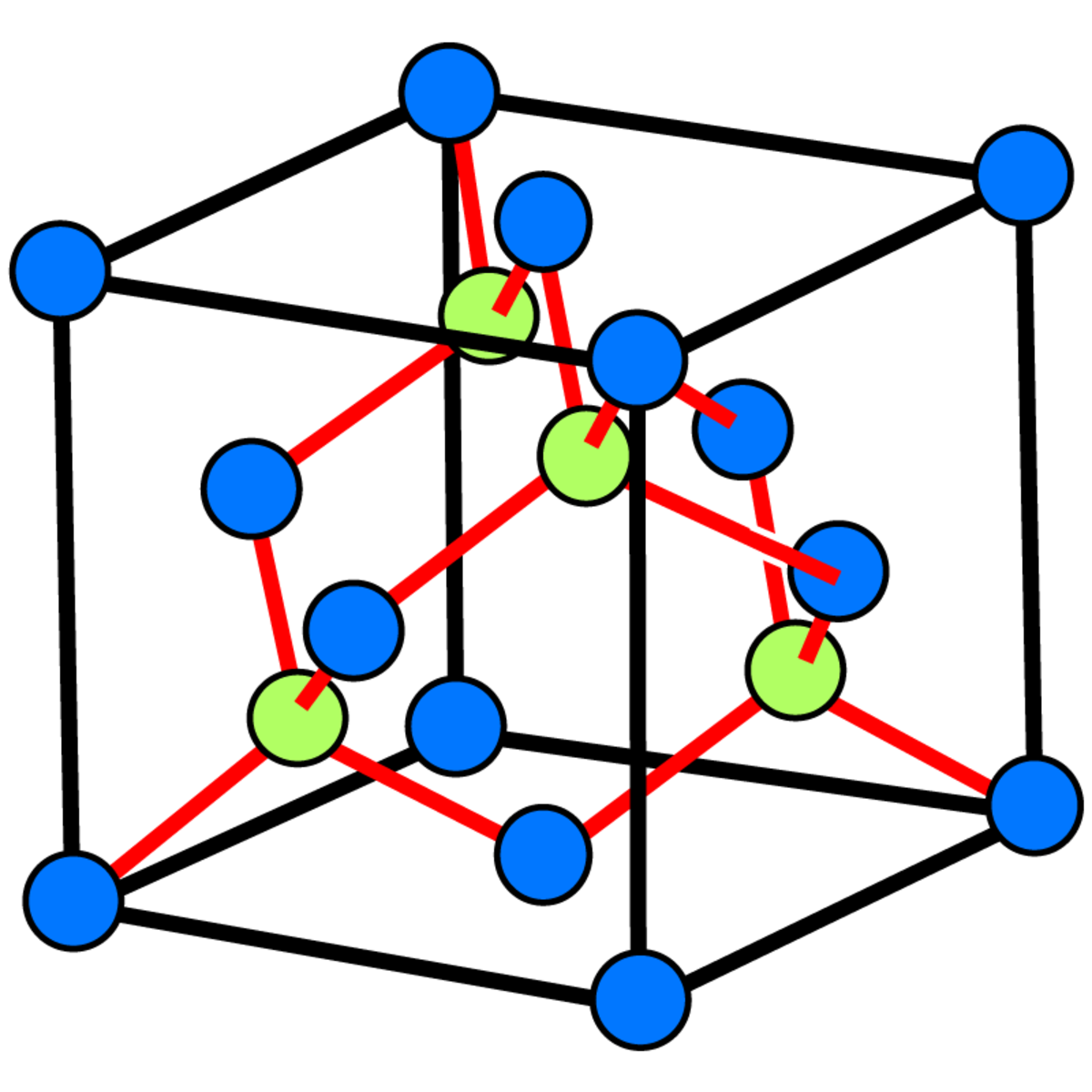
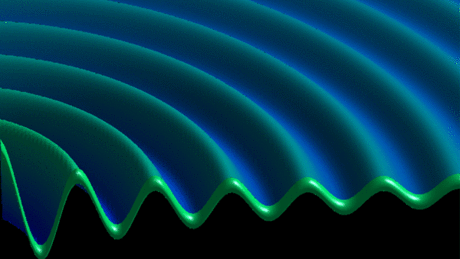
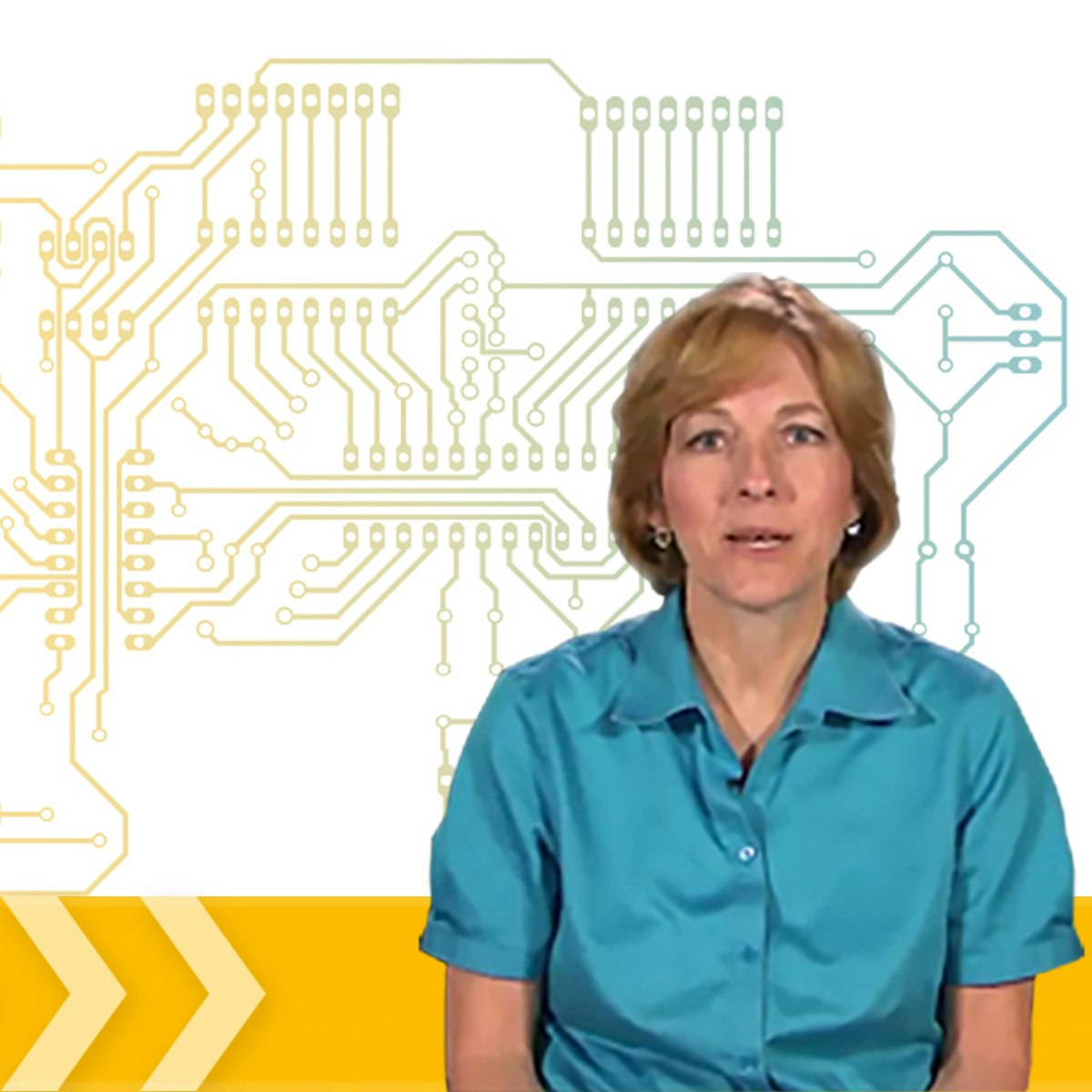
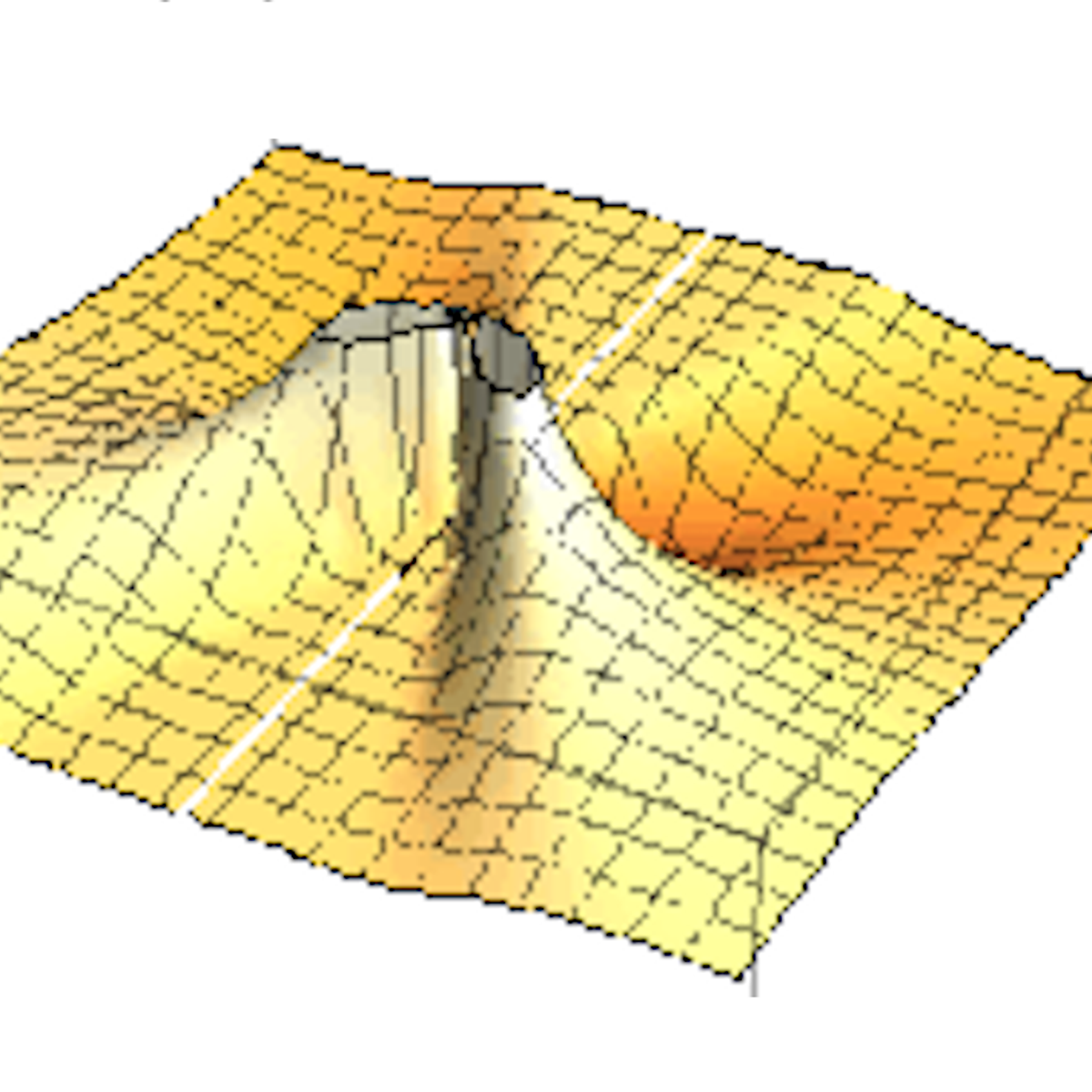
Electrical Engineering Courses - Page 12
Showing results 111-120 of 141

Electric Power Systems
This course familiarizes you with standards and policies of the electric utility industry, and provides you with basic vocabulary used in the business. It introduces the electric power system, from generation of the electricity all the way to the wall plug. You will learn about the segments of the system, and common components like power cables and transformers.
This course is for individuals considering a career in the energy field (who have a high school diploma, at minimum, and basic knowledge of mathematics), and existing energy sector employees with less than three years of experience who have not completed similar training and would benefit from a course of foundational industry concepts.
The course is a combination of online lectures, videos, readings and discussions.
This is the first course in the Energy Production, Distribution & Safety specialization that explores various facets of the power sector, and features a culminating project involving creation of a roadmap to achieve a self-established, energy-related professional goal. To learn more about the specialization, check out a video overview at https://www.youtube.com/watch?v=2Yh9qIYiUDk.

Renewable Energy: Fundamentals and Job Opportunities
This course prepares you to recognize the complexities and nuances of different renewable energy solutions, as well as relevant career opportunities (both technical occupations and roles not typically associated with clean energy). Learners are immersed in discussions about green energy technologies, the impact of sustainability on society, energy consumption in the United States and conservation. Topics include: tenets of green building design and construction, solar energy conversion through photovoltaic cells, wind turbine site selection and design, and nanotechnology applications in clean energy. It references educational opportunities from the State University of New York (SUNY) system that correlate with each clean energy market segment.
The course is suitable for anyone interested in entering the renewable energy field, whether fresh to the workforce or switching industries. Material encompasses online lectures, videos, demos, readings and discussions. Learners will create a career roadmap, whereby they define a job that interests them, conduct a gap assessment to determine additional education/training/skills they need, and document a pathway to their ideal renewable energy career.

Plastic electronics
Plastic electronics is a concept that emerged forty years ago, with the discovery of electrically conductive polymers. Ten years later, the first electronic devices using organic solids in place of the ubiquitous inorganic semiconductors were realised. The best achievement of plastic electronics is constituted by Organic Light-Emitting Diodes (OLEDs) that equip the display of many smartphones, and even TV sets.
The objective of this course is to provide a comprehensive overview of the physics of plastic electronic devices. After taking this course, the student should be able to demonstrate theoretical knowledge on the following subjects:
Concept of organic semiconductors;
Charge carrier transport in polymeric and organic semiconductors;
Optical properties of organic semiconductors;
Charge injection from metals to organic solids;
Operating mode of the main plastic electronic devices: Organic light-emitting diodes (OLEDs), organic photovoltaic cells (OPVs) and organic field-effect transistors (OFETs).

Ferrous Technology II
Steel, ever-evolving material, has been the most preeminent of all materials since it can provide wide range of properties that can meet ever-changing requirements. In this course, we explore both fundamental and technical issues related to steels, including iron and steelmaking, microstructure and phase transformation, and their properties and applications.

Microwave engineering and antennas
This unique Master-level course provides you with in-depth know-how of microwave engineering and antennas. The course combines both passive and active microwave circuits as well as antenna systems. Future applications, like millimeter-wave 5G/beyond-5G wireless communications or automotive radar, require experts that can co-design highly integrated antenna systems that include both antennas and microwave electronics. We will provide you with the required theoretical foundation as well as hands-on experience using state-of-the-art design tools.
The web lectures are supported by many on-line quizzes in which you can practice the background theory. Next to this, we will provide you hands-on experience in a design-challenge in which you will learn how to design microwave circuits and antennas. Throughout the course you will work on the design challenge in which you will design a complete active phased array system, including antennas, beamformers and amplifiers. The course is supported by a book written by the team of lecturers, which will be made available to the students. After finalizing the course a certificate can be obtained (5 ECTS), which can be used when you start a full MSc program at Eindhoven University of Technology.
The lecturers all have an academic and industrial background and are embedded in the Center for Wireless Technology Eindhoven (CWT/e) of Eindhoven University of Technology, The Netherlands.

Manipulate Coulomb's Law Concepts using Wolfram notebook
The interaction between charged objects is a non-contact force that acts over some distance of separation. Charge, charge and distance. Every electrical interaction involves a force that highlights the importance of these three variables. Whether it is a plastic golf tube attracting paper bits, two like-charged balloons repelling or a charged Styrofoam plate interacting with electrons in a piece of aluminum, there is always two charges and a distance between them as the three critical variables that influence the strength of the interaction. By the end of this project, you will be able to do the following using “Wolfram editor”:- To Set up a trial account on the Wolfram notebook edition; State Coulomb's law in terms of how the electrostatic force changes with the distance between two objects; Calculate the electrostatic force between two point charges, such as electrons or protons; Compare the electrostatic force to the gravitational attraction for a proton and an electron; for a human and Earth; Create lines of force and equipotential lines using Wolfram notebook and analyze with variation in magnitude of charges and distance between them; Compute potential energy of the system of charges and illustrate how it alters with change in distance between them.

Semiconductor Physics
This course can also be taken for academic credit as ECEA 5630, part of CU Boulder’s Master of Science in Electrical Engineering degree.
This course introduces basic concepts of quantum theory of solids and presents the theory describing the carrier behaviors in semiconductors. The course balances fundamental physics with application to semiconductors and other electronic devices.
At the end of this course learners will be able to:
1. Understand the energy band structures and their significance in electric properties of solids
2. Analyze the carrier statistics in semiconductors
3. Analyze the carrier dynamics and the resulting conduction properties of semiconductors

Intro to Acoustics (Part 1)
This course introduces acoustics by using the concept of impedance. The course starts with vibrations and waves, demonstrating how vibration can be envisaged as a kind of wave, mathematically and physically. They are realized by one-dimensional examples, which provide mathematically simplest but clear enough physical insights. Then the part 1 ends with explaining waves on a flat surface of discontinuity, demonstrating how propagation characteristics of waves change in space where there is a distributed impedance mismatch.

Introduction to Electronics
This course introduces students to the basic components of electronics: diodes, transistors, and op amps. It covers the basic operation and some common applications.
Approximation Methods
This course can also be taken for academic credit as ECEA 5612, part of CU Boulder’s Master of Science in Electrical Engineering degree.
This course teaches commonly used approximation methods in quantum mechanics. They include time-independent perturbation theory, time-dependent perturbation theory, tight binding method, variational method and the use of finite basis set. In each case, a specific example is given to clearly show how the method works.
At the end of this course learners will be able to:
1. use time-dependent perturbation theory to obtain first- and second -order corrections to energies and wavefunctions,
2. use time-dependent perturbation theory and obtain transition rates, and
3. use tight binding method, variational method and finite basis set to obtain approximate solutions of various quantum mechanics problems.
Popular Internships and Jobs by Categories
Find Jobs & Internships
Browse
© 2024 BoostGrad | All rights reserved